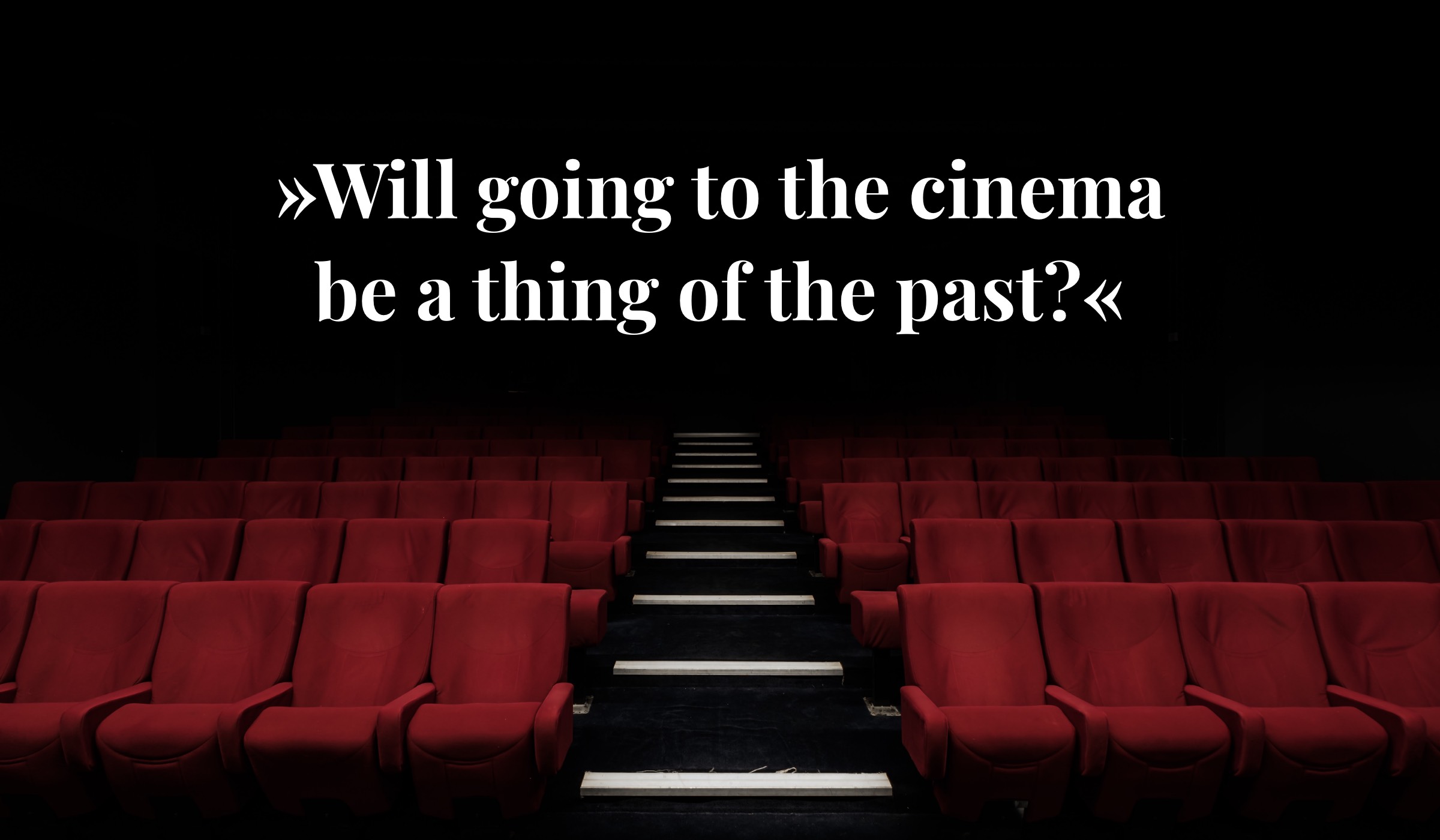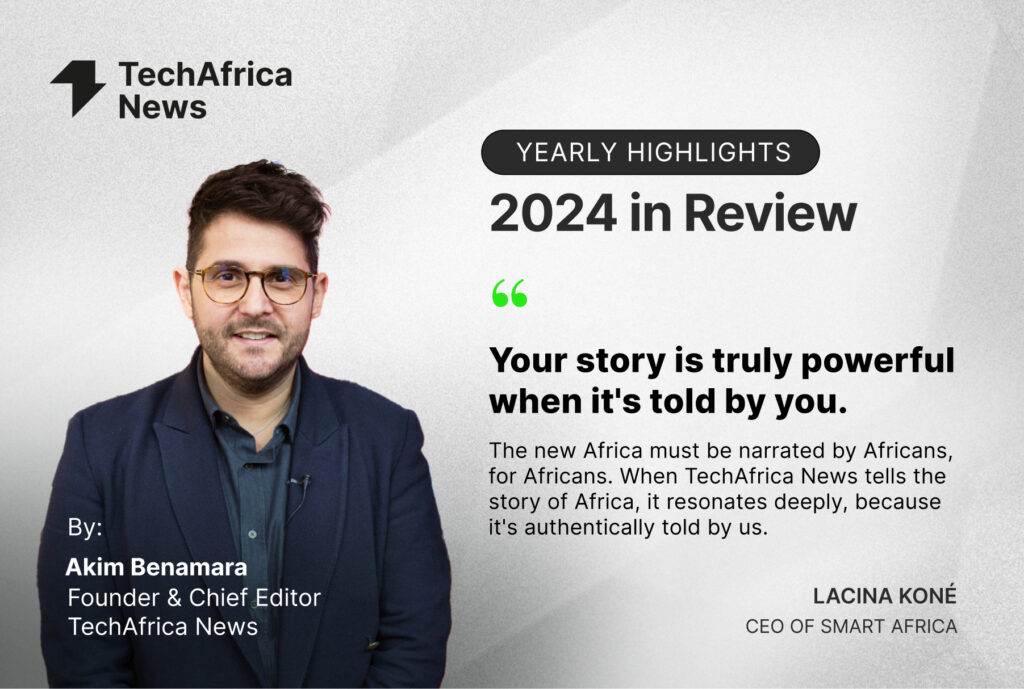Will going to the cinema be a thing of the past?

If it is a major change in the way consumers behave, then cinemas could have a problem. Cinemas have either been closed totally, or severally restricted for the majority of 2020. Some operators have tried to stay open and be innovative, but how can you be innovative, when virtually all new releases have been postponed.
The global cinema industry is set to lose $32 billion (€26.4bn) in 2020 as a result of the Covid-19 pandemic a 71.5 per cent reduction in box office revenue compared to 2019, according to Omdia’s latest Movie Windows: Adapting for the future report. Box office revenue has dipped below $13 billion for the first time in over two decades, forcing many studios to experiment with other platforms to account for the decline in box office revenues. Whilst box-office revenues have been significantly hit, there has been an unprecedented growth in usage of online video (both transactional and subscription) during 2020. Online transactional and subscription video revenue is set to increase by 30 per cent YoY from 2019 to $34 billion in 2020.
Phil Knatchbull, CEO of UK arthouse cinema chain Curzon said in October that it is time for movie theatres to embrace streaming services and that cinemas will not survive unless they move away from the industry’s outdated model and re-evaluate the nature of long theatrical windows. Strong words, but it seems this is something that must happen as doing nothing, or trying to fight the studios, won’t necessarily work.
This has coincided with a boom in OTT and Streaming and a decline in PayTV, where according to Informitv, the latest figures in US show 850,000 subscribers lost in Q3 2020, taking the nine month total to 4.72 million and this trend is increasing.
eMarketer predicts that fewer than half of US households will subscribe to a pay-TV service by the end of 2024 (eMarketer September 2020).
Subscribers are going the OTT SVoD route
Considering that HBO Max and Disney+ added 90 million subscribers, and Netflix added 2.2M in Q3 alone, it’s clear that subscribers are going the OTT SVoD route. In fact Disney reorganised its business to be streaming first – D2C, and other media brands will surely do likewise. Disney said at its investor day in December “The tremendous success we’ve achieved across our unique portfolio of streaming services, with more than 137 million subscriptions worldwide, has bolstered our confidence in our acceleration toward a DTC-first business model,” said Bob Chapek. However, from March this year, Disney is increasing its pricing for its D2C business.
When you consider all of this, should we have been surprised by the announcement from Warner Bros that they would simultaneously release their 2021 titles on streaming and cinema. Who’d have thought at the end of 2019 that a year later we’d have been in this situation. However, did Warner Bros have much choice in their decision, as there is only so long you can delay movie releases. It could be said that Disney started this off with Mulan, with Warner Bros following with Wonder Woman 1984. Disney did say though at the same investor day that they would stick with theatrical releases for their new Star Wars and Marvel sequels.
I was on the excellent OTT Exec Summit back in November, hosted by Brian Mahoney. There were some very interesting things that came out of this, not least was the fact that Streaming was now number 1 in US, with at least 64% streaming weekly. What I found really interesting though was that each day of the summit, Brian had a very interesting “trender panel”. This was a group of ten people; all users of TV, from different demographics across the US. One of the questions that was asked of them, was if they knew how much they were paying each month for all the different OTT services they subscribed to. Not one of them knew how much they paid in total and you could gauge from the response that most likely wasn’t something they had really thought about. The majority though could recall how much they paid for their linear TV service, whether Cable or DTH.
I’ve said in a previous article that not all the Streaming companies, or SVoD providers would survive the so called Streaming Wars and at some point, users would start to work out how much they are paying each month for all these different services and maybe, just as importantly, there was no way they could watch all the content that was available on all the different platforms. Therefore, they are paying for a service they do not benefit from.
Where do cinemas stand in all of this?
It’s not the first time there has been a decline in numbers of people going to the cinema. From the boom years of the 40,’s & 50’s, there was a steady decline in numbers right through to the end of the 1980’s Cinemas had to change, or they’d be out of business. This led to cinemas becoming more of a destination, with multiscreen, IMAX, 3D – well maybe not 3D, food outlets and so on. It became somewhere that people went to as a couple, or family, for an evening out, not just to see a movie and numbers attending started to recover to at least double the low point.
So far, some of the response from some cinema owners to what Disney started and Warner Bros is continuing, appears to be too fight back against it, stating they’ll be blocking some content from showing in their chain, with some filmmakers being particularly vocal in their criticism of Warner Bros. Given the current situation, is that wise though, as ultimately the consumer will decide what they want to watch, where and how they will watch it, which is what the basic premise of OTT has been.
If cinemas want to get a share of users spending power and compete against OTT they have to once again, make going to the cinema, more than just seeing the latest movie release, if they can do that in the comfort of their own home. They’ve got to open it up and make their audience want to go there to see the movie and enjoy the overall experience. How do they do this? Well, a local cinema in Ilkely, Yorkshire, UK has a service where you can order hot food, a glass of wine or beer from your seat and have it delivered direct to you, without having to move. It’s innovative thinking like that that’s needed for cinemas once again to flourish.






